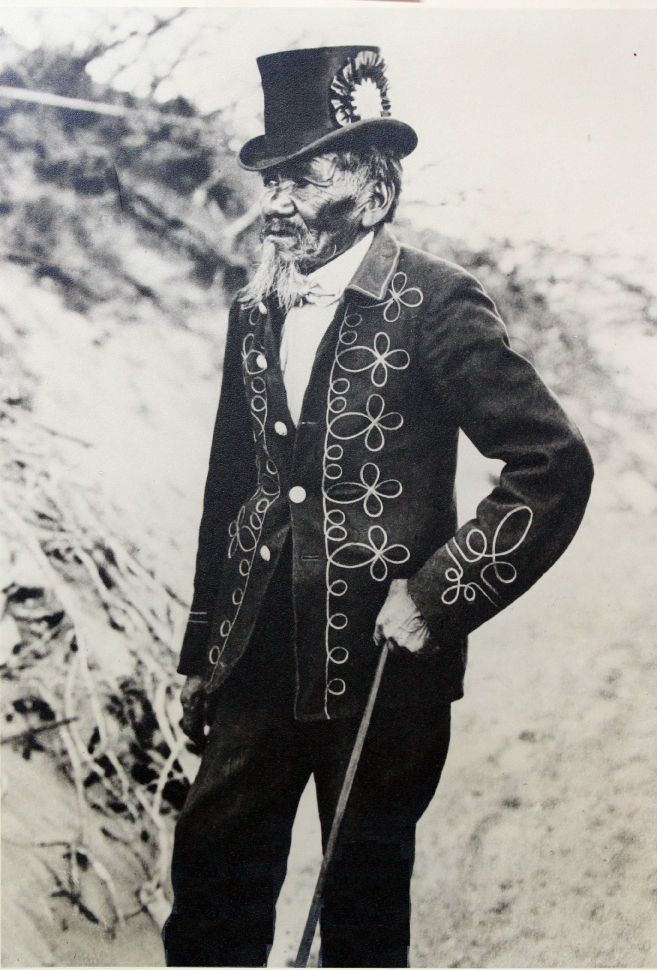Nevada’s Capitol is located in Carson City, Nevada and designated as Nevada State Historic Marker Number Twenty Five. The capitol building is located in the state capital of Carson City at 101 North Carson Street. The building was constructed in the Neoclassical Italianate style between 1869 and 1871.

The cornerstone of Nevada’s Capitol is laid on June 9, 1870. A brass box that served as a time capsule was deposited in the stone. The cornerstone was a solid block of sandstone, laid on top of blocks which contained the capsule. The Capitol Building was designed by Joseph Gosling of San Francisco. The Building was built by Peter Cavanaugh & Son of Carson City. Cavanaugh’s $84,000 bid was nearly half of the actual cost of the building. The building was constructed of locally-quarried sandstone. The silver-colored cupola dome rose 120 feet above the ground. Furnishings cost an additional $20,000.
The original building is cruciform shape in the form of a cross, with a central rectangle 76 feet wide by 85 feet deep. Each of two wings measures 35 feet wide by 52 feet in length. The window panes are made of 26-ounce French crystal. Floors and wainscotting are made of Alaskan marble which was shipped to San Francisco in 20-ton blocks. The octagonal dome topped with a cupola admits light to the second story. During 1906, an octagonal Annex was added to the rear of the capitol to house the State Library.
Nevada State Historical Markers identify significant places of interest in Nevada’s history. The Nevada State Legislature started the program in 1967 to bring the state’s heritage to the public’s attention with on-site markers. Budget cuts to the program caused the program to become dormant in 2009. Many of the markers are lost of damaged.
Nevada State Historic Marker Text
Completed in 1871, Nevada’s splendid Victorian-era Capitol was built of sandstone from the quarry of the town’s founder, Abe Curry. The octagon annex was added in 1907, the north and south wings in 1915. Notable features are its Alaskan marble walls, French crystal windows, and elegant interior.
NEVADA CENTENNIAL MARKER No. 25
STATE HISTORIC PRESERVATION OFFICE
SPONSOR: DAUGHTERS OF THE AMERICAN COLONISTS
Nevada State Historic Marker Summary
| Name | Nevada’s Capitol |
| Location | Carson City, Nevada |
| Nevada State Historic Marker Number | 25 |
| Latitude, Longitude | 39.1639, -119.7667 |
Nevada State Historic Marker Location
The Historic Marker located on the grounds of the Nevvada State Capitol. The marker is mounted on the capital building just to the right of the entrance doors. The marker is at or near this postal address: 149 South Carson Street, Carson City NV 89701, United States of America.


